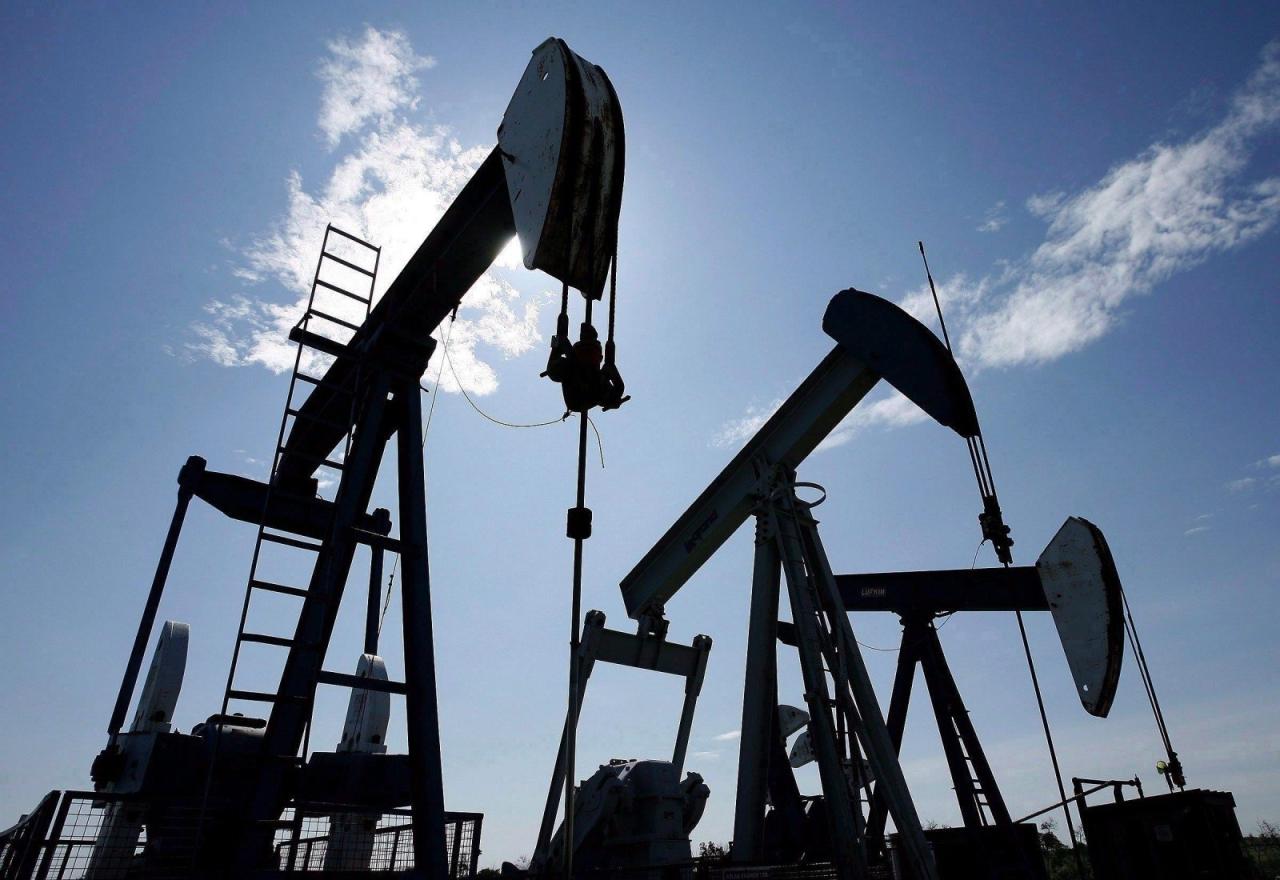Oil slips on increased US rig count

Oil prices fell 1 percent on Monday after U.S. companies added rigs for the first time this year, a signal that crude output may rise further, and as China, the world’s second-largest oil user, reported additional signs of an economic slowdown.
International Brent crude oil futures were at $60.74 a barrel at 0804 GMT, down 90 cents, or 1.46 percent.
U.S. crude oil futures were at $52.84 per barrel, down 85 cents, or 1.58 percent, from their last settlement.
High U.S. crude oil production, which rose to a record 11.9 million barrels per day (bpd) late last year, has been weighing on oil markets, traders said.
In a sign that output could rise further, U.S. energy firms last week raised the number of rigs looking for new oil for the first time in 2019 to 862, an additional 10 rigs, Baker Hughes energy services firm said in its weekly report on Friday.
Beyond oil supply, a key question for this year will be demand growth.
Oil consumption has been increasing steadily, likely averaging above 100 million bpd for the first time ever in 2019, driven largely by a boom in China.
However, an economic slowdown amid a trade dispute between Washington and Beijing is weighing on fuel demand-growth expectations.
Even with all the uncertainty over the outlook for demand and evidence of growing supply, the oil market has benefited this month from the start of another round of production cuts by Opec and its partners, as well as robust trade in physical barrels of crude led by China.
The price has risen by 12% so far in January, the largest increase in percentage terms in the first month of the year since 2005, when it rose by 14%.
Investors have added to their bets on a sustained rise in the oil price this month for the first time since September, according to data from the InterContinental Exchange.
But much of the demand outlook hinges on China and whether or not its refiners will continue to import crude at 2018’s breakneck pace.
Industrial companies in China reported a second monthly fall in earnings in December, despite the government’s efforts to support borrowing and investment.
“Persistent weakness seen in Chinese economic data has raised downside risks … of lower crude oil imports by Beijing in 2019,” said Benjamin Lu of Singapore-based brokerage Phillip Futures.
Earnings at China’s industrial firms shrank for a second straight month in December on falling prices and sluggish factory activity, piling more pressure on the world’s second-largest economy, which reported the slowest pace of growth last year since 1990.
China is trying to stem the slowdown with aggressive fiscal stimulus measures.
But there are concerns that these measures may not have the desired effect as China’s economy is already laden with massive debt and some of the bigger government spending measures may be of little real use.
The increased U.S. supply, the country is now the world’s largest producer, and the economic slowdown are weighing on the oil price outlook.
“We expect U.S. crude oil prices to range between $50-$60 per barrel in 2019 and about $10 more per barrel for Brent,” Tortoise Capital Advisors said in its 2019 oil market outlook.
However, Tortoise added that oil prices would be supported above $50 per barrel as it was “very clear that Saudi Arabia will no longer be willing to accept these lower oil prices.”
“The Organization of the Petroleum Exporting Countries (OPEC), de-facto led by Saudi Arabia, started supply cuts late last year to tighten markets and buoy prices.oil prices.”

